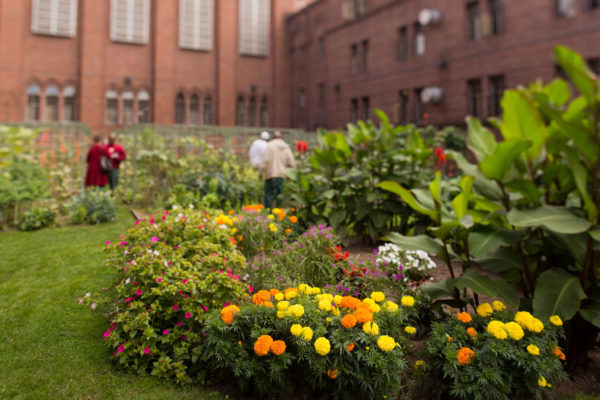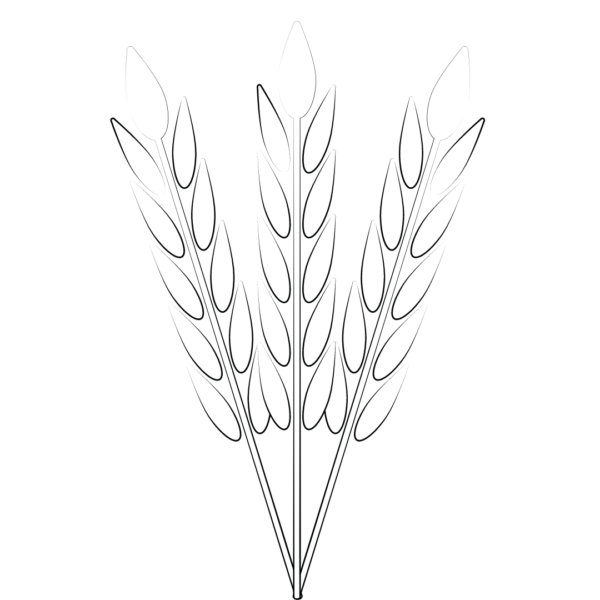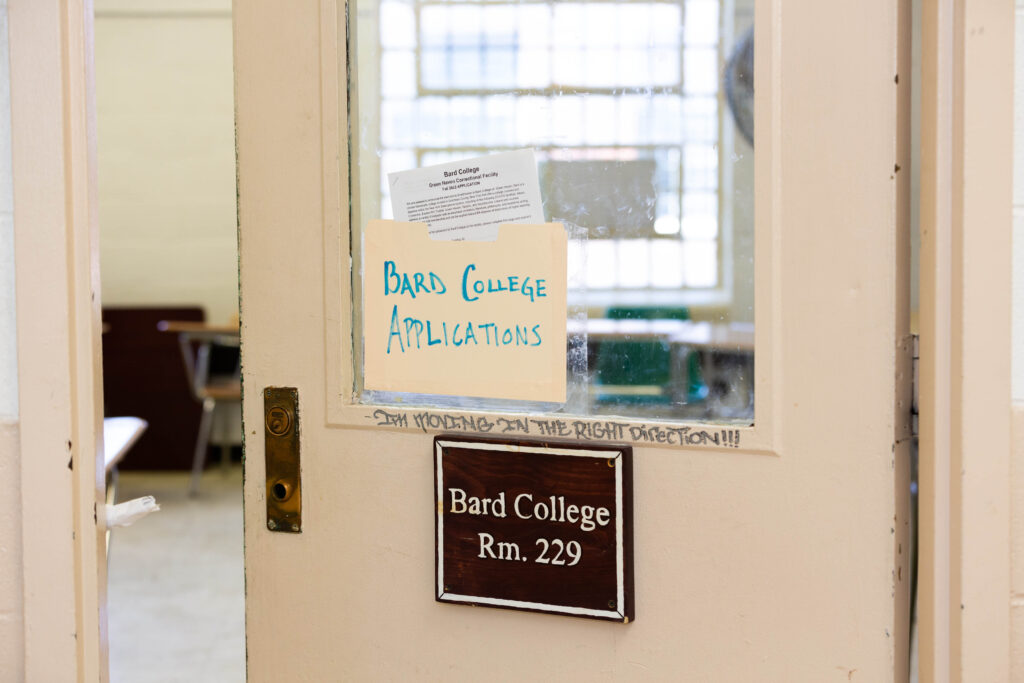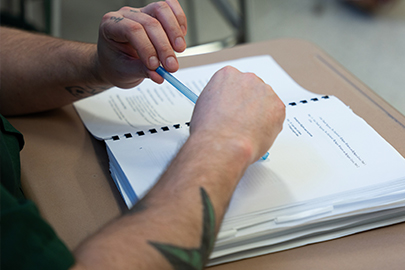Since the spring when faculty first stopped going into the prisons in person, BPI students have received a weekly newsletter from the college informing them of important news, academic updates, writing prompts and math problems, messages from the community, and instructions on how to carry on the work of the community gardens. In the spring we sent in seeds and seedlings alongside course materials. As students now undertake the fall harvest season, below is the garden message from our urban farming and sustainability team that appeared in the most recent student newsletter.

September is for gardeners. The pest pressure dwindles. The sun sits lower in the sky. The soil isn’t so thirsty. But there is still so much to harvest and celebrate!
At this point in the season, you’ll pull the plants that are no longer producing for you. But before you pull, you’d throw some quick-growing cover crop seeds down, such as buckwheat. Then as you weed out the plants, shaking out the roots, the seeds would nestle into the soil and after a rain or watering they will germinate into a green manure and living mulch. Buckwheat mines for manganese, copper and magnesium – important nutrients in our diets. It goes to seed in just three weeks, so you’d crimp those plants down before they do and all that organic material will decompose over the winter, leaving those nutrients available to your spring crops. If you don’t have buckwheat or another cover crop seed, never fear. You can simply weed out your beds and put them right back down where they were growing and they’ll decompose, too (and share the nutrients they had been mining for).
A bit later in September and October, you could plant a cover crop of rye, field peas, oats or vetch, if you have the seed available. Be sure to prep some beds for garlic! Even though we feel like we are at the end of the 2020 season, garlic planting actually marks the beginning of the next season. In our agricultural zone, it has to be planted in October to give it a long enough time to bulb out by the summer solstice.
So if you have garlic bulbs saved or receive some seed garlic from us, here are the steps for planting: (1) “pop” the garlic (break apart all of the cloves); (2) dib a hole in your prepared soil that is twice as tall as your garlic cloves, setting holes about 8 inches apart; (3) drop a garlic clove in the hole with the root side down; (4) cover with soil; and (5) apply a heavy mulch. You should see the green of the plant a few weeks after planting, a sign of regeneration and the promise of another year to come.
That’s right, 2020 will end – and we hope will usher in a year of health in the garden and beyond.
A special thanks to the Fishkill gardeners, who harvested 46 pounds of produce on a rainy morning for donation to a local organization addressing food insecurity issues. Those eggplants and cucumbers were especially impressive!




